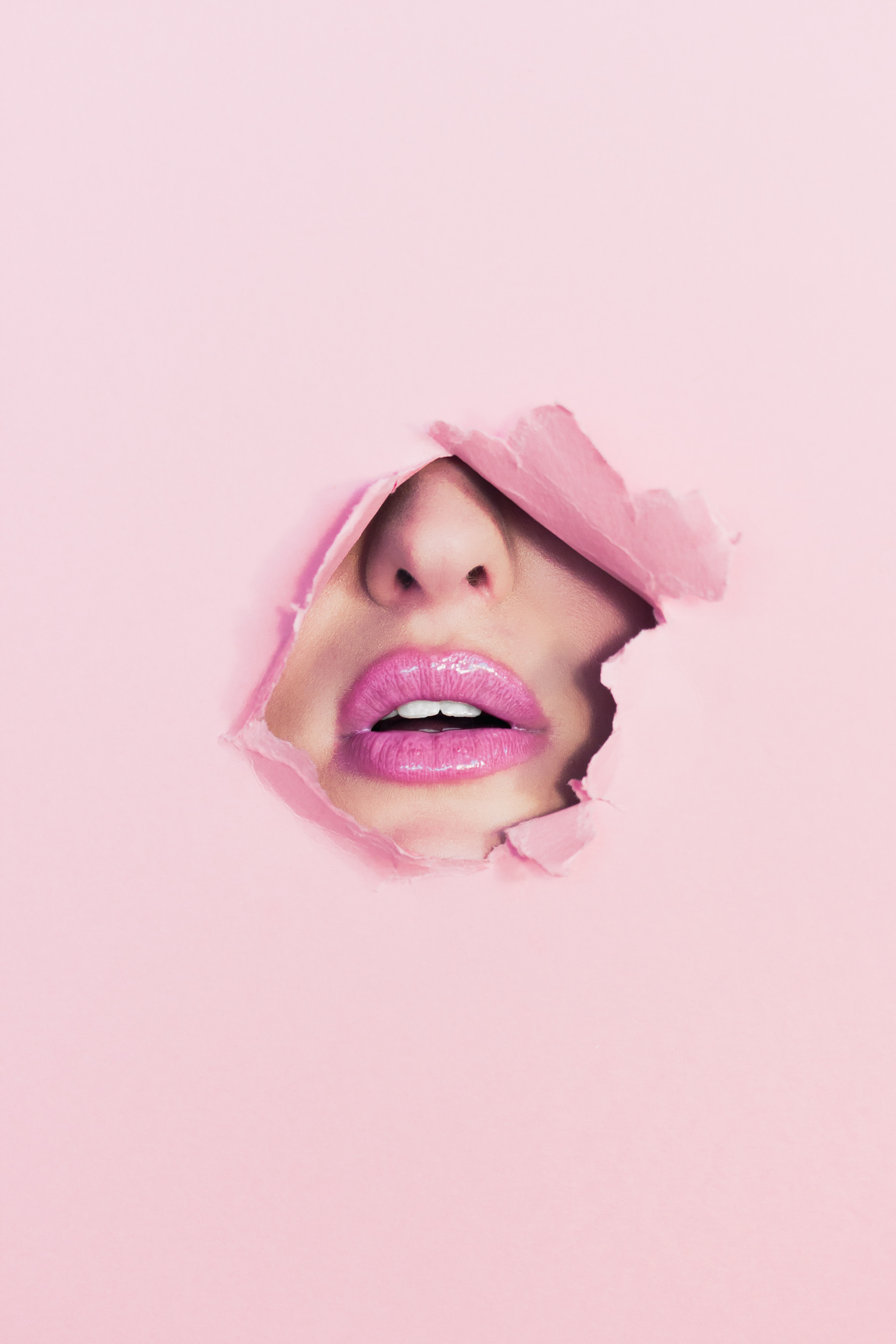
Life&Style’s Josie Clarke takes a look at past and present beauty trends and emphasises the importance of individuality in beauty
What springs to mind when you think of the word ‘beauty’ in terms of women? Most likely, these mental images will be shared with many in the UK today. This is hardly surprising, since we are constantly bombarded with images of what beauty looks like through everything, from Instagram to the countless images featured in advertisements and plastered across billboards. However, beauty is anything but a fixed notion. Ideals have changed enormously across the decades, and vary across the world. The concept of beauty is subject to trends and is thus in a state of flux.
“We should not strive for a fixed idea of beauty when our bodies are anything but fixed
Body shape is the perfect example. Beginning with the twenties, a slender frame and flat chest was what was considered desirable. Some women strapped their breasts down to make them seem smaller. By contrast, the thirties to fifties saw a ‘curvy’ figure perceived as beautiful, with large breasts, bum and thighs and a small waist like Marilyn Monroe. With the eighties came the supermodel era, with fairly large breasts and a slim, tall athletic figure as the ideal. The nineties saw the era of the ‘heroin chic’ figure epitomised by Kate Moss, similar to the skinny look of the twenties. Today, the general desire is large breasts and bum and a flat stomach, owed partially to the Kardashians.
Eyebrow trends have similarly oscillated from one to another across the decades: in the nineties skinny brows were fashionable, while the noughties saw pencil thin arches with virtually everything plucked. Cara Delevingne then set the trend for thick, natural eyebrows. This was followed with the ‘Instagram brow’, a perfectly defined and made-up eyebrow and more recently, brow trends have included anything from wavy brows to rainbow brows.
New trends emerge, some are left in the past, and some return years down the line. When we view the current conception of beauty in relation to the many other ideals that have preceded it, it is clear that the notion of beauty is an unstable one. Features considered less desirable are bound to be idealised years down the line.
Beauty is not only dependent on time but also on place: in Colombia a voluptuous figure is considered most desirable, while China idealises a very petite figure and there are many other ‘ideal’ body types in between depending on the part of the world.
Not only do beauty trends change, but on a smaller scale, so do the bodies which they are centred upon: hair grows, skin wrinkles and weight fluctuates. We should not strive for a fixed idea of beauty when our bodies are anything but fixed.
“When we view the current conception of beauty in relation to the many other ideals that have preceded it, it is clear that the notion of beauty is an unstable one
Furthermore, what is considered beautiful has largely a commercial origin. By 2020, the worldwide beauty industry is predicted to be worth $675 billion. Just how powerful the industry is is further illustrated by the 1915 Gilette campaign which advertised female razors. Other companies followed suit and a new trend emerged for women to shave their legs, one which has lasted over 100 years. There is money to be made from insecurities, further reason not to take the current beauty norms too seriously.
However, this does not mean that we should denounce beauty trends absolutely. For instance, makeup trends can be a freeing form of self-expression. Do whatever you want, whether that be following a beauty trend whilst it lasts or embracing one of your features that is far from the trend. Beauty is diverse. When we acknowledge that the concept is fluid, we realise that chasing one image is misguided and this is liberating.
Comments